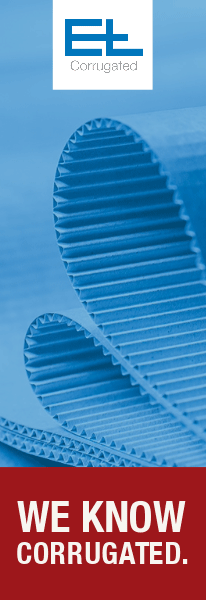Latest figures underline the pivotal role played by recovered fibre in the production of paper and board globally. And yet major international flows of this vital raw material were under serious threat from proposed changes to EU waste shipment legislation, the latest BIR Paper Division meeting was told in Barcelona on May 23.
New divisional President, Francisco Donoso of Spain-based DOLAF Servicios Verdes SL, revealed that, in 2020, worldwide consumption of recovered fibre amounted to more than 208m tonnes, with the 182m tonnes absorbed by packaging alone accounting for more than 70% of that sector’s raw material needs. The newsprint segment used around 63-64% recovered fibre in its production while the figures for tissue and for printing & writing were, respectively, 16-17% and just under 10%.
Countries outside the EU – most notably in Asia – remained keen customers for Europe’s substantial recovered fibre surplus. But Donoso warned, “Exports to Asia are going to be much more difficult than at the moment.”
As explained by the Paper Division’s new General Delegate, Manuel Dominguez of REPACAR in Spain, the current draft of the EU Waste Shipment Regulation revision would require official confirmation from individual non-OECD countries that they wanted to import the recovered fibre. At the same time, there would have to be demonstrable proof that the receiving facility was able to treat the material in an environmentally sound manner. Even with shipments to OECD members, a sharp increase in recovered fibre flows to any particular country could lead to a suspension of shipments if there was no guarantee of treatment in a sustainable way.
Unless the revision draft underwent significant modification, Dominguez suggested, there was “a great risk of creating a captive market within the European countries”, leading to “lower prices” and putting the future of the recovered fibre sector in jeopardy.
The guest speaker at the Paper Division meeting was intent on gauging interest levels within the recovered paper industry for trading in cash-settled financial futures. Stein Ole Larsen, CEO of Norway-based Norexeco ASA, confirmed that his infrastructure company had just added an OCC 104 contract to its five wood pulp contracts. If the industry took up this new option for managing price risk in sufficient numbers, he explained, then further contracts could follow. Pointing to the volatility of OCC prices over recent years, he suggested that the recovered paper sector had every right to feel ‘exposed’ and ‘a little nervous’. In contrast, hedging via a futures contract offered ‘predictability’.



